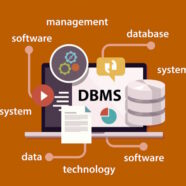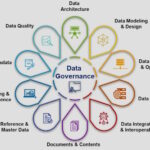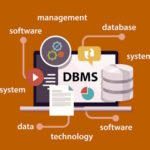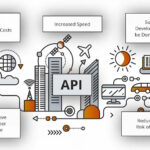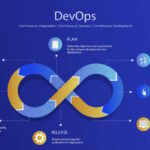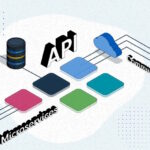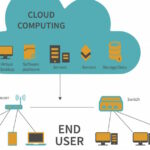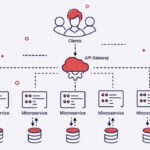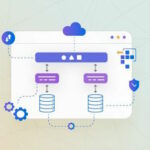Choosing the Right Database for Your Software Architecture
In the modern landscape of software development, selecting the appropriate database is a critical decision that impacts the overall performance and scalability of an application. This article will guide you through the considerations in choosing the critical factors in database decision-making for software architects for your software architecture.
Understanding Your Data Requirements
The first step in selecting a database is understanding the nature and structure of the data your application will handle. It includes the size of the data, the complexity of the data relationships, and how the data will be accessed and manipulated.
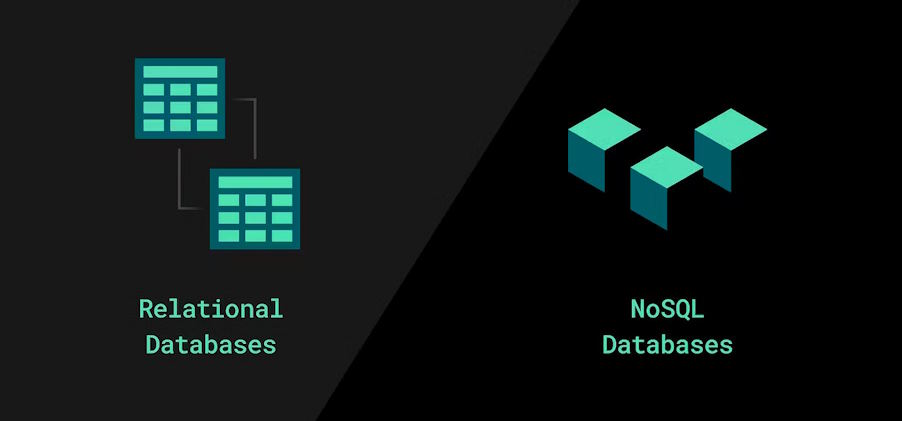
Scalability and Performance
Scalability is a critical factor, especially for applications expecting a significant portion of the growth in user base or data volume. SQL databases are generally vertically scalable, meaning they are scaled by enhancing the server’s capacity. NoSQL databases, on the other hand, are horizontally scalable and can handle large volumes of data distributed across multiple servers.
Consistency and Availability
The choice of database also depends on your application’s requirements for data consistency and availability. SQL databases typically follow ACID properties, ensuring reliable transactions and data integrity. NoSQL databases often use the BASE model, which allows for greater flexibility and availability at the expense of consistency.
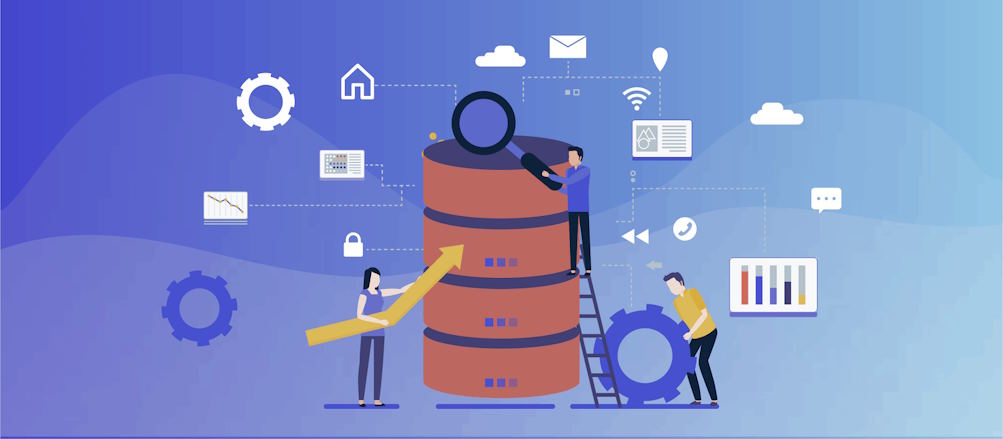
Compatibility and Community Support
The compatibility of the database with your existing technology stack and the level of community support are also important considerations. A database with integrating databases into your software ecosystem is a strong community and extensive documentation can significantly ease the development process and provide valuable support.
Selecting the database for your software architecture requires a deep understanding of your data needs, scalability requirements, and the trade-offs between consistency, availability, and performance. By carefully examining these factors, you may select a matching databases to your software’s growth that not fulfils your current needs but supports your application’s future growth and evolution.

